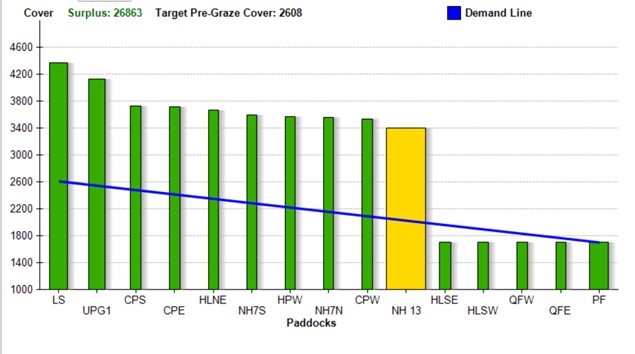Warm wet weather has lead to very good grass growth rates, high quality grass that is begging to be grazed! With more rain in the forecast and wet ground conditions, efforts to get cows out to graze have been tricky. Turnout will be further delayed for many and grass will be to long to graze effectively. The best course of action will be to cut a large proportion, when conditions are suitable to travel.
It’s best to talk to your contractor now so you are at the front of the queue. In the meantime if your forage stocks are under significant pressure, we have reviewed the best options:
Extending Silage Stocks
If silage is not available to purchase in your area or the price is high, including moist feeds within the diet is a great way to reduce your forage use whilst maintaining dry matter intakes and production. It is key to calculate the diet costs between forages and moist feeds. There are a wide variety of different moist feeds available with varying quality therefore it is best to contact one of our team before purchasing.
The inclusion of more straw or hay in the diet along with molasses to maintain intakes is another option available. However, straw prices have been increasing to over £100/tonne making this an expensive option if the straw is not already on farm.
Grazing
If grazing is an option for your farm, it’s key not to damage the paddocks now for the rest of season. Reducing group sizes and having multiple entry/exit points will reduce the poaching to fields and gateways, also increasing the paddocks sizes will reduced the concentration of poaching. There are already significant grass covers on fields so residuals will be increased on the first grazing.

Using programs such as AgriNet will allow you to budget your grass and identify surplus grass for 1st cut silage when conditions allow. A lot of fields will need to be reset through cutting rather than grazing, it’s important to cut these fields soon both for silage quality and regrowth for grazing.
For more advice on how to extend silage, talk to our farm consultants today.



